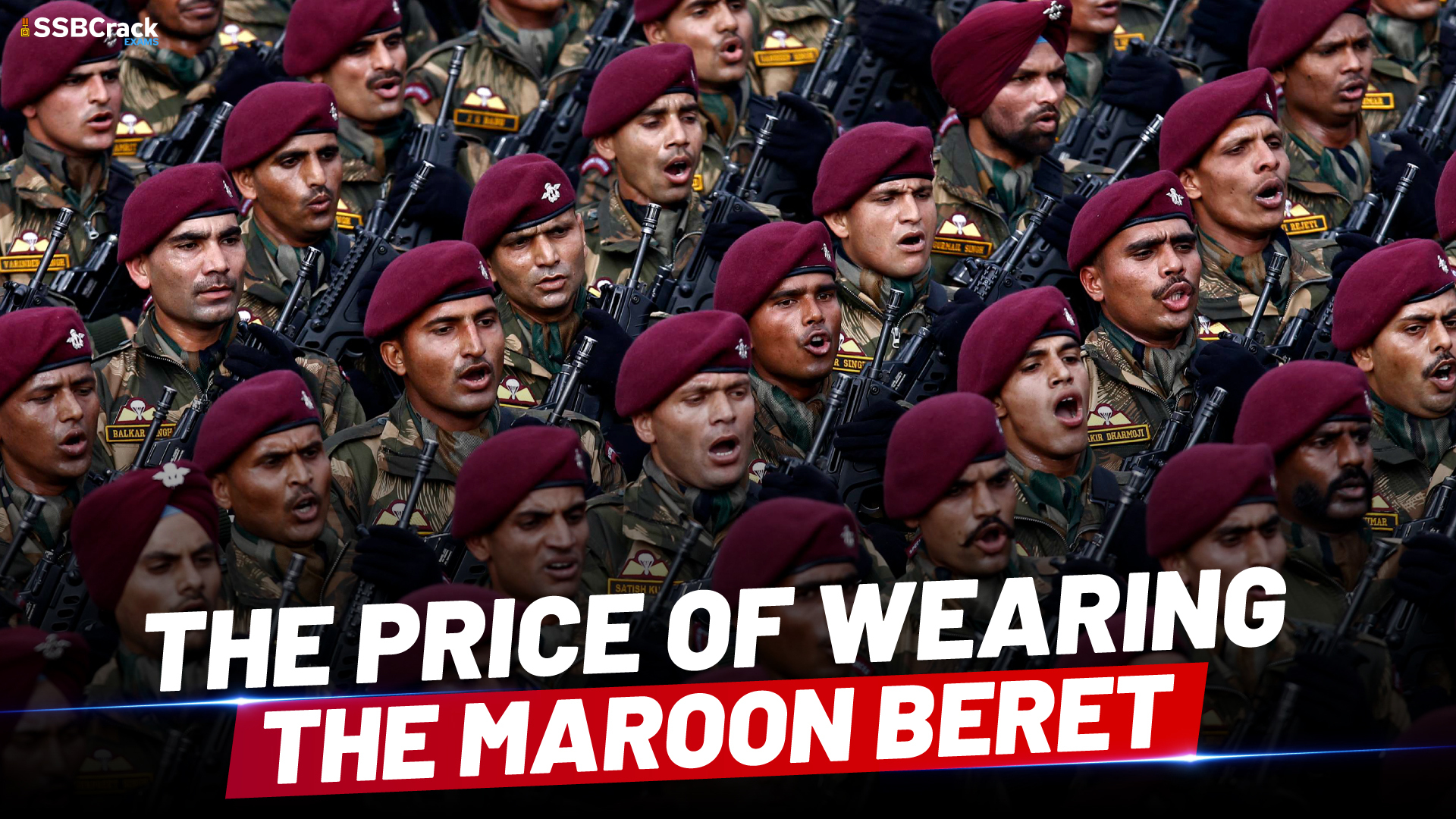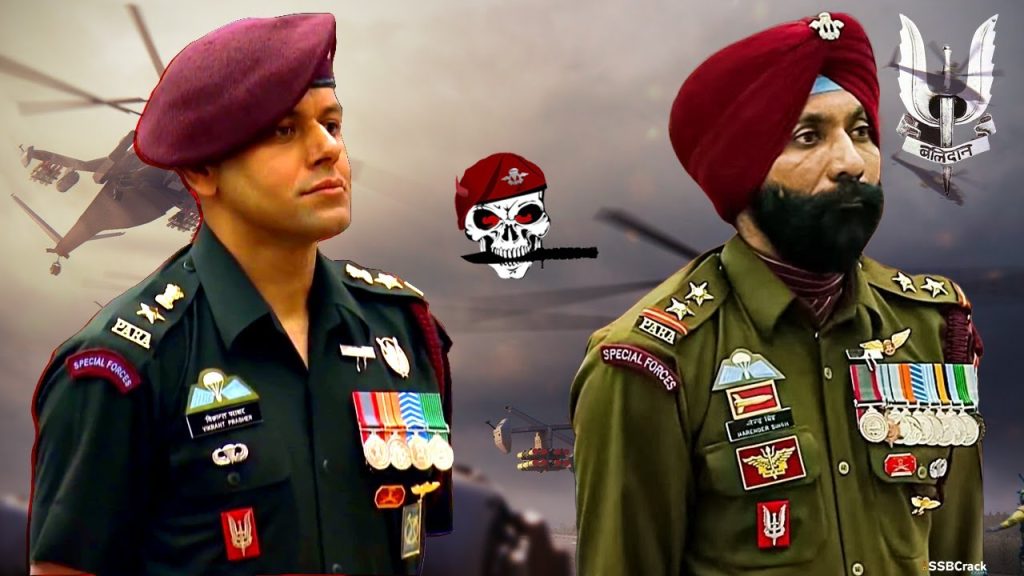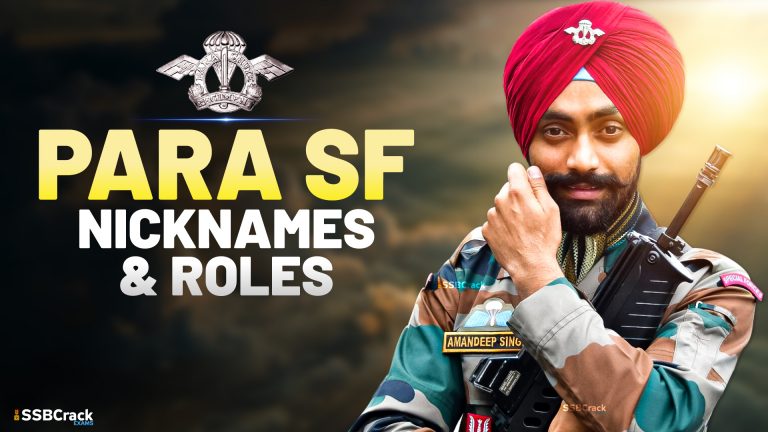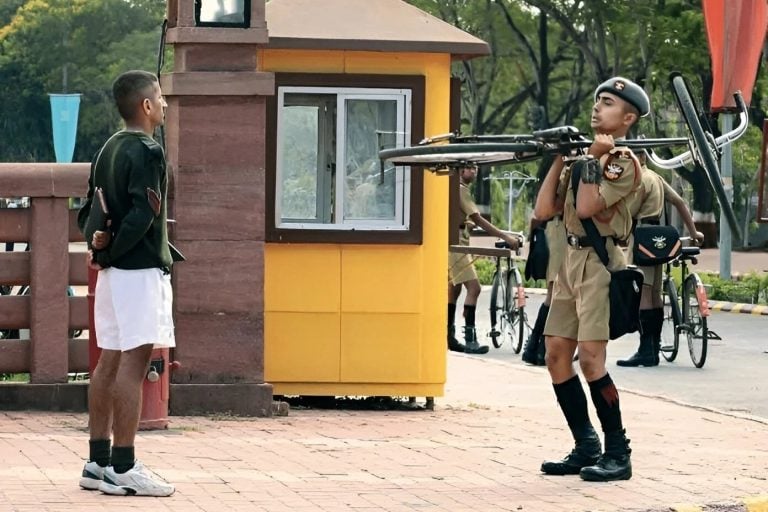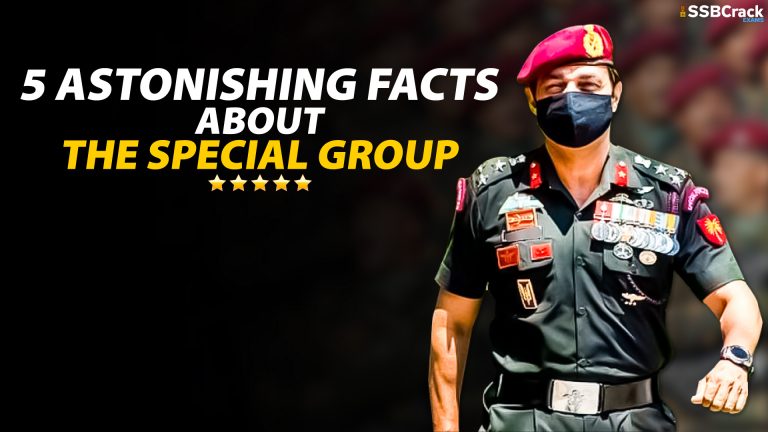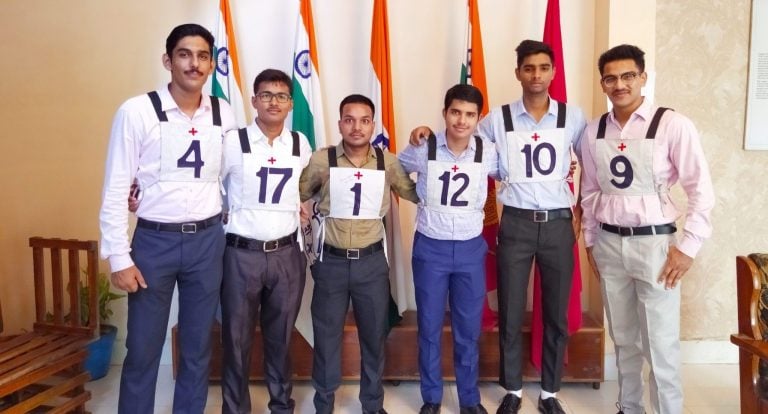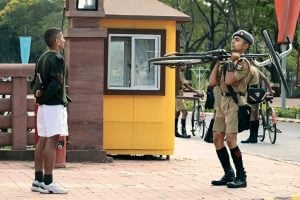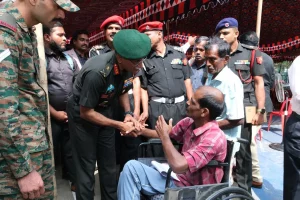In the realm of military elite, few symbols carry as much prestige and sacrifice as the maroon beret. This iconic headgear is worn by the Para Commandos, the Special Forces unit of the Indian Army. In this article, we will delve into the history, training, and significance of the maroon beret, highlighting the dedication and bravery of those who earn the right to wear it.
Origins and Evolution
The maroon beret has a rich history that spans several decades. Its roots can be traced back to World War II when the concept of airborne forces took flight. These highly trained units were tasked with executing daring missions behind enemy lines, relying on their specialized skills and unwavering commitment.
In India, the Para Commandos came into existence during the 1965 war with Pakistan. Originally a Paratrooper Special Forces Unit, they were later designated as the Para Commandos, donning the maroon beret as a symbol of their elite status. Today, the Indian Army’s 50th (Independent) Parachute Brigade, along with other specialized units, proudly wear this distinctive headgear.
The Path to the Maroon Beret
Earning the maroon beret is no easy feat. The training required for Para Commandos is known to be one of the toughest in the world. Prospective candidates undergo a rigorous selection process, which includes a three-month probation period. Only about 30% of applicants make it through this initial phase.
Once selected, the training journey begins, lasting a grueling three years. The dropout rate is high, standing at around 70%. Fitness is paramount, with candidates pushed to their limits in various physical challenges. Running, swimming, and mountain walks are just some of the demanding exercises they must conquer.
Specialized Skills and Training
Para Commandos possess a diverse skill set, honed through intensive training. Armed combat is a core component of their expertise. They are proficient in using a wide range of weapons, including semi-automatic pistols, sub-machine guns, assault rifles, sniper rifles, light machine guns, grenade launchers, and rocket launchers. The choice of weaponry depends on the mission at hand.
Unarmed combat is equally vital, with Para Commandos trained in martial arts such as judo, karate, and kung fu. These skills enhance their ability to engage in close-quarter combat and handle potentially hostile situations.
The Crucible of Survival
Survival training is an integral part of the Para Commandos’ preparation. Candidates are subjected to the harshest conditions, pushing them to their limits and beyond. They learn to thrive in the wilderness, surviving on limited resources by foraging for food and making rudimentary tools. Endurance and resourcefulness become second nature to these elite soldiers.
Torture and capture are also simulated to prepare Para Commandos for worst-case scenarios. They are taught specialized methods of infiltration, learning to navigate treacherous terrains and capture enemy signals. High Altitude High Opening (HAHO) and High Altitude Low Opening (HALO) techniques are mastered, enabling them to operate in diverse environments.
The Spirit of Brotherhood
One of the defining characteristics of Para Commandos is their unwavering trust and camaraderie. They operate in small squads, fostering a strong sense of reliance on one another. This bond is forged through rigorous training exercises, where soldiers must place their lives in the hands of their comrades.
A notable training technique is the coin exercise, where a coin is placed near a partner’s feet, and the soldier must sprint towards them while firing. This exercise exemplifies the level of confidence Para Commandos have in each other, showcasing their ability to work seamlessly as a team.
The Significance of the Maroon Beret
The maroon beret holds deep meaning for those who wear it. It represents sacrifice, valor, and an unwavering commitment to the nation. The color itself symbolizes the bloodshed and sacrifices made by Para Commandos in service to their country.
Traditionally, the beret is earned through bloodshed, as the green army beret is said to turn red. This badge of sacrifice signifies that Para Commandos have dedicated their lives to the defense of their homeland.
The Role of Para Commandos
Para Commandos play a crucial role in the Indian Army’s defense strategy. They are highly mobile forces, often at the forefront of operations. Unlike regular infantry battalions, their primary objective is not to hold ground but to strike multiple targets and swiftly move on.
These elite soldiers are deployed in various commands, with a particular focus on the northern and eastern regions of India. Their expertise is invaluable in hybrid warfare scenarios and unconventional warfare. While their operations are often shrouded in secrecy, the Modi government has recognized their achievements, publicly acknowledging their contributions in non-conventional theaters of war.
Conclusion
The maroon beret signifies the dedication, sacrifice, and excellence of the Para Commandos. These elite soldiers undergo arduous training, mastering a wide array of skills and techniques. Their unwavering commitment to the nation and their comrades is a testament to the spirit of the Indian Army.
As we reflect on the significance of the maroon beret, let us remember the brave men who have earned the right to wear it. They are the embodiment of valor and the guardians of our nation’s security.
